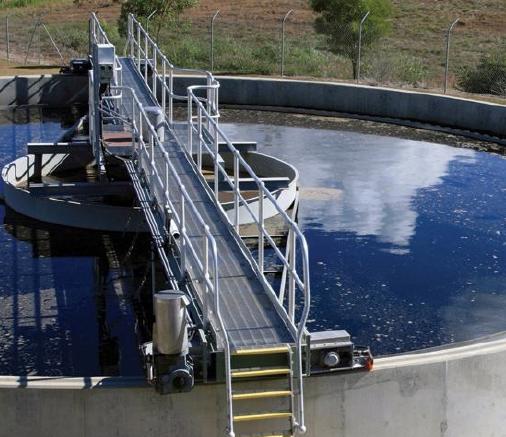Properties and Application Characteristics of Silicone Sealants For Facades

One-Part Silicon Sealant Systems
- Ready-to-use grade. Already contains cross-linker and catalyst
- Supplied in cartridges or foil packs, can be used immediately
- Easy to use (field glazing in two-sided structural glazing, repair glazing, weatherseals)
- Require atmospheric moisture for vulcanization at room temperature
- Vulcanization starts at the surface and continues inwards relatively slowly
- Curing rate depends on relative air humidity, temperature and joint depth
- Minimum time span between bonding and assembly of the structural glazing elements: 2 to 4 weeks depending on air humidity and joint dimensions
- Joint bite limited to maximum 15 mm, otherwise curing takes too long and there is a risk of cracking
Two-Part Silicon Sealant Systems
- Basic compound and cross-linker are mixed during application
- Supplied in drums and pails, components must be mixed by machine
- Execution under controlled conditions in the factory resulting in higher quality of the bond
- No atmospheric moisture required for vulcanization
- Once the components are mixed, curing begins uniformly through-out the joint with a gradual increase in viscosity
- Curing rate depends virtually only on the temperature
- Minimum time span between bonding and assembly of the structural glazing elements: 3 to 5 days, depending on frame materials
- Should be used for thicker silicone adhesive sealant layers. Greater joint bite than 15 mm possible, since considerably higher curing rate and lower volume shrinkage on curing
- Efficient factory prefabrication of structural glazing elements possible. Elements are faster to transport and install
Lưu


